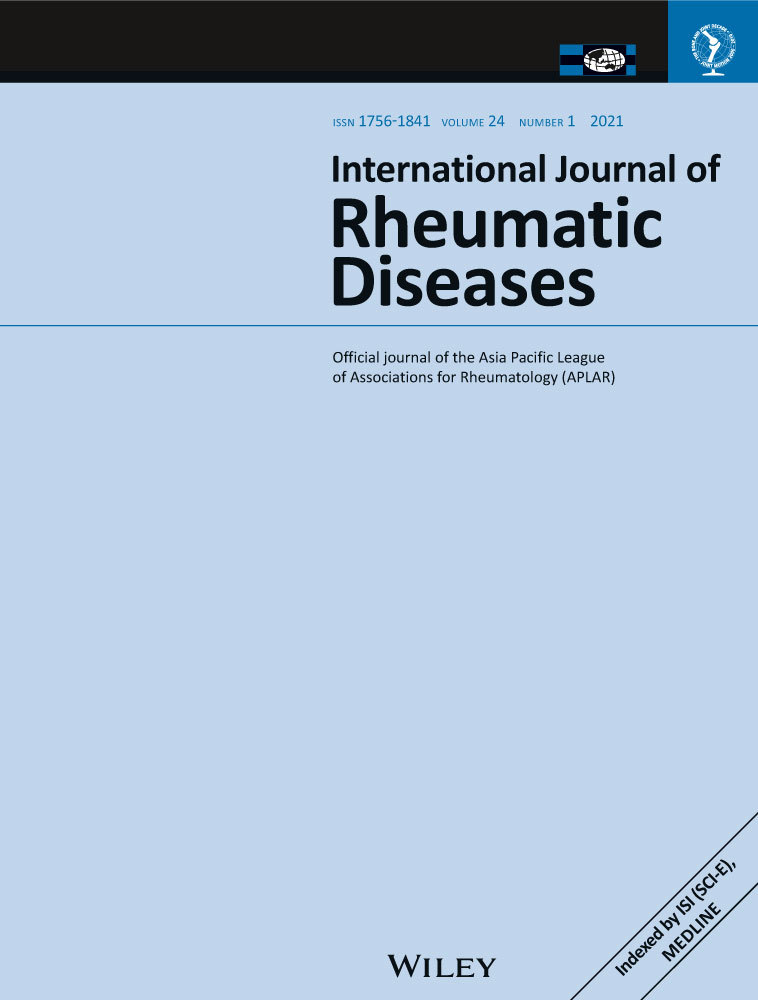Cricopharyngeal bar and dermatomyositis: A cause of rapidly progressive dysphagia
Abstract
Background
Idiopathic inflammatory myopathies (IIM) are immune-mediated conditions that affect striated muscle, and are frequently associated with dysphagia. Dysphagia in these cases can be due to weakness of the muscles involved in swallowing or the presence of restrictive pharyngeal defects, such as cricopharyngeal bars. Treatment of dysphagia in IIM revolves around immunosuppressive therapies, and procedures to disrupt cricopharyngeus muscle when immunosuppressive therapies are unsuccessful.
Case report
A 73-year-old female presented with rapidly progressive proximal muscle weakness and dysphagia to the point she could not swallow liquids or solids. She had a rash over the extensor surfaces of the limbs, and periorbital-edema. Her creatine kinase was elevated, and skin biopsy showed an interface inflammatory reaction; however, myositis line assay revealed no autoantibodies, and a muscle biopsy was unremarkable. She was diagnosed with dermatomyositis with life-threatening dysphagia, and was admitted to our institution and treated with corticosteroids, methotrexate and intravenous immunoglobulin. A videofluoroscopic swallowing study revealed a large esophageal protrusion at the level of C5-C6, which was thought to be consistent with a cricopharyngeal bar, with large boluses unable to pass, leading to aspiration. After 10 weeks of treatment, the cricopharyngeal bar remained present, but swallowing had improved to the point that she was successfully swallowing all consistencies.
Conclusion
Dysphagia associated with IIM can be multifactorial, and can be due to the involvement of the muscles of swallowing in the inflammatory process, or due to restrictive pharyngeal defects, and determination of the cause of dysphagia can assist with management.




